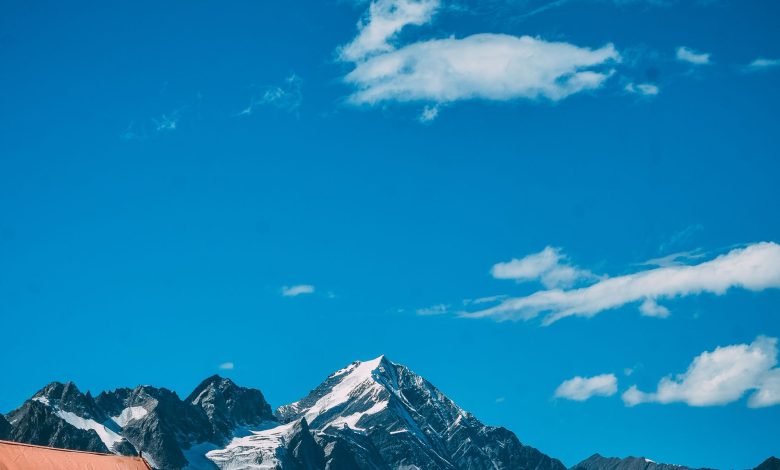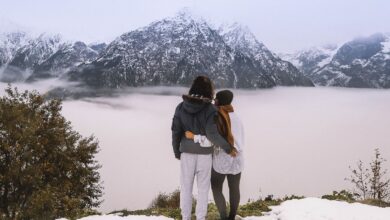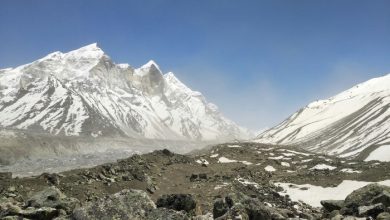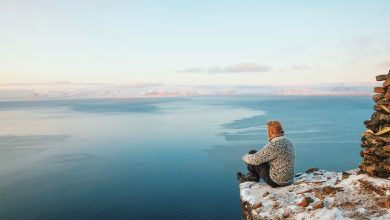
Bhrigu Lake is a beautiful lake with historical and religious significance. According to legend, the lake is connected to sage Bhrigu, who meditated and performed rites on the lake’s shores. The villagers also think that various Kullu valley gods have bathed in the lake’s holy waters, making it sacrosanct to believers.
The Bhrigu Lake Trek has become one of the most popular trekking trips due to its unfailing display of natural splendour and its status as one of the easiest treks in the Himalayas. Even without prior trekking experience, anyone with good physical health can readily enjoy the privilege of hiking to the special lake region. This is an excellent weekend hiking adventure that will provide enough of entertainment for both novice and seasoned hikers. The Bhrigu Lake Trek, located at an elevation of 14,000 feet, provides intriguing natural sights and spectacular views of snow-capped mountains, lush meadows, and luscious thick woods.
At an elevation of 4,240 metres, Bhrigu Lake is one of the most notable and attractive lakes in the Manali region. The lake is hidden among the Great Himalayas, and its banks are thought to be where Maharishi Bhrigu, one of the Hindu religion’s seven famed sages, meditated. It’s also thought that this is where he wrote the Bhrigu Samhita, an astrological text featuring future forecasts and historical data. The trail passes through lovely meadows and deep forests of fir, oak, and pine trees, making this a wonderfully rewarding walk. It is an easy hike that is suited for people of all ages.
Also See: Rupin Pass Trek
Best time to visit
The walk to Bhrigu Lake can be done from May to October. The best time to visit this scenic site is before the monsoon arrives in mid-July, as rain causes landslides in the area.
During the summer, the temperature at this lake ranges between 20 and 25°C during the day and 5 to 7°C at night. During the winter, the temperature ranges from 10 to 15°C during the day and drops to sub-zero at night. The lake remains frozen for over six months, allowing visitors to see snow even in the early summer.
Also See: Best Beach Treks in India
How to Reach
By Air:
The nearest airport is Bhuntar, which is 52 kilometres from Manali. To get to Manali from Bhuntar, you can take a taxi for around Rs 700 to Rs 1,000. All major airlines fly to and from the airport, which is well-connected to the national capital of New Delhi.
By Road:
By road, Manali is well connected to New Delhi. From Delhi, you can take an overnight bus to Manali. Due to the vast distance between Delhi and Manali, most private Volvo buses depart Delhi between 5 and 6 p.m. At 8:30 p.m., the last state transport bus departs from ISBT Kashmere Gate. Similarly, between 4 and 5 p.m., most buses depart Manali for Delhi. It’s a good idea to leave some time in your trip schedule to accommodate any delays.
Itinerary:
DAY 1:
After a quick briefing, we drive to Gulaba’s meadows, which serve as the trek’s starting point. The Upper Kullu Valley offers some stunning views. We will hike for 5 to 6 hours today through rich, dense Deodar forests to Kothi Thel, where we will camp for the night. Tents will be used for the night. Lunch and dinner are served.
DAY 2:
We start our walk to Bhrigu Lake after an early morning breakfast. We cross a mountain stream and climb a mountain ridge to Bhrigu Lake, which lies beyond. We’ll descend a little and pitch our tents as near to the lake as feasible, depending on the snow conditions. Tents will be used for the night. All meals are provided.
DAY 3:
Today is yours to relax, unwind, read a book, photograph, and explore the local surroundings. The vistas are breathtaking. This is a day you will remember for the rest of your life. Tents will be used for the night. All meals are provided.
DAY 4:
We cross a small meadow after breakfast and then descend a steep mountain to reach Vashisht, which is known for its hot springs. The descent provides spectacular views of the Kullu valley. We drive back to Manali from Vashisht. This is where our services come to an end. Breakfast and lunch are provided.




